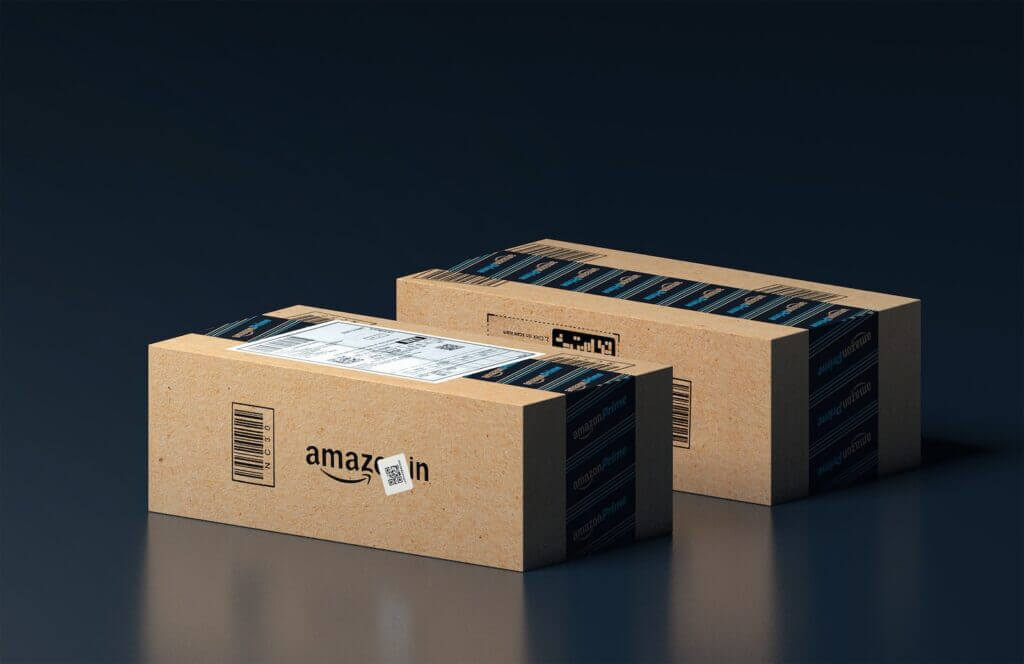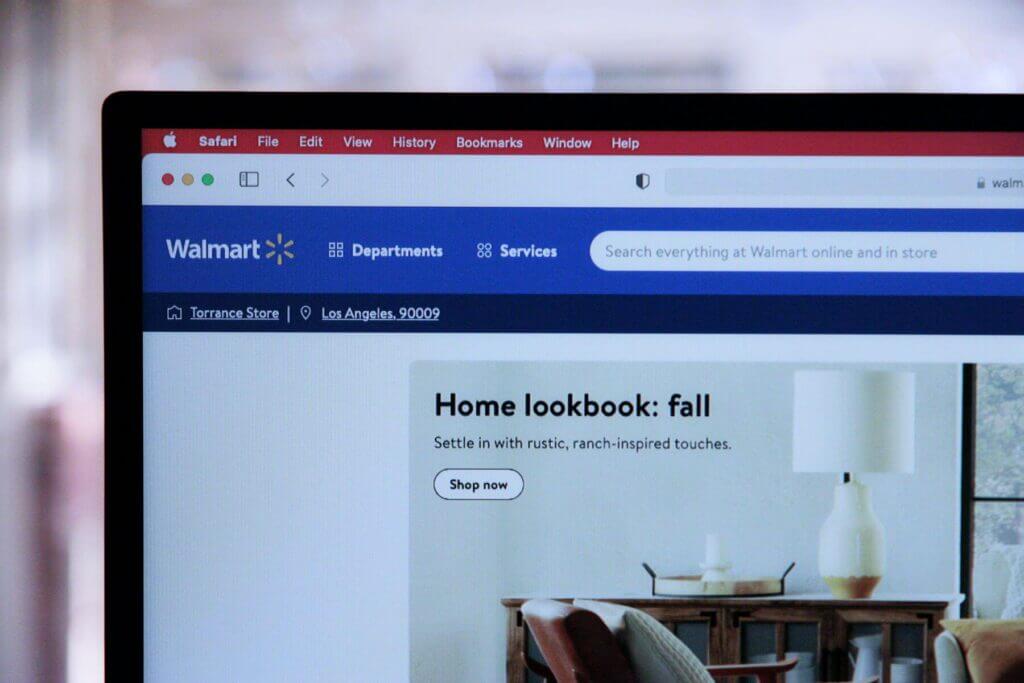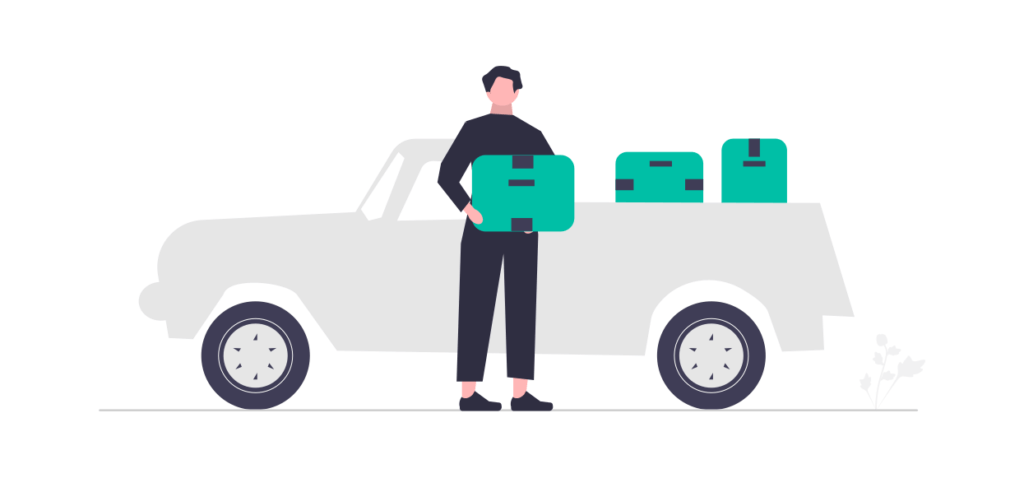Hazard insurance is crucial for small businesses to protect against losses from unforeseen events. Learn about the types of hazards covered, policy exclusions, and factors affecting premiums. Find out how to choose the right coverage, best provider, file a claim, and reduce risk in your business through regular safety inspections, employee training, and installing safety equipment.
Understanding Hazard Insurance for Small Business
As a owner, you may be familiar with the concept of insurance but may not fully understand how hazard insurance works. Hazard insurance covers your business against losses due to certain hazards, such as fire, theft, and natural disasters. Understanding the types of hazards covered, the importance of having hazard insurance, policy exclusions, and how to choose the right coverage is crucial to protecting your business.
Types of Hazards Covered
Hazard insurance typically covers a range of hazards, including fire, theft, vandalism, wind damage, hail damage, and water damage. It is important to note that not all hazards are covered, and it is essential to review your policy to ensure that you have adequate coverage for your specific needs.
Importance of Hazard Insurance
Hazard insurance is essential for owners, as it provides financial protection against unexpected events that could devastate your business. Without hazard insurance, you may be responsible for covering the costs of repairs or replacement of damaged property, which could result in significant financial losses. Additionally, many lenders require hazard insurance as a condition of obtaining financing.
Policy Exclusions
While hazard insurance provides coverage for many types of hazards, there are exclusions to be aware of. For example, earthquake and flood damage are generally not covered under standard hazard insurance policies and may require separate policies. It is important to review your policy and understand any exclusions to ensure that you have appropriate coverage for your business.
Choosing the Right Coverage
When choosing hazard insurance coverage, it is important to consider your business’s unique needs. Factors to consider include the value of your property, the type of hazards common in your area, and your budget. It is also important to review your policy regularly and update your coverage as your business grows and changes.
Factors Affecting Hazard Insurance Premiums
Hazard insurance is an essential expense for small businesses. The cost of hazard insurance premiums can vary, depending on several factors. These factors can be classified into four main categories: business location, business size and industry, past claims history, and deductibles and limits. In this section, we will discuss each of these factors in detail.
Business Location
One of the primary factors that affect hazard insurance premiums is the location of the business. Insurance providers consider the risk associated with the location of the business before determining the premium. Businesses located in areas prone to natural disasters, such as floods, earthquakes, or hurricanes, will have higher insurance premiums. Similarly, businesses located in high-crime areas will also have higher premiums.
Business Size and Industry
The size and industry of a business can also impact the cost of premiums. Generally, larger businesses have higher premiums because they have more assets to insure. The industry of the business also plays a role in determining the premium. Businesses operating in high-risk industries, such as construction or manufacturing, will have higher premiums than businesses operating in low-risk industries such as retail or office-based businesses.
Past Claims History
Insurance providers also consider the past claims history of a business before determining the premium. If a business has a history of filing frequent claims, the insurance provider will consider it a high-risk business and charge higher premiums. Conversely, businesses with a clean claims history will have lower premiums.
Deductibles and Limits
Deductibles and limits are also factors that impact premiums. A deductible is the amount a business pays out of pocket before the insurance provider covers the rest. A higher deductible means a lower premium, but it also means the business will have to pay more if they file a claim. Limits refer to the maximum amount the insurance provider will pay if a claim is filed. A higher limit means a higher premium, but it also means the business will be adequately covered if a large claim is filed.
- Business location, size, and industry are the main factors that affect premiums.
- Past claims history also plays a role in determining the premium.
- Deductibles and limits are factors that impact hazard insurance premiums as well.
- Business owners should consider these factors when choosing an insurance provider and policy.
Finding the Best Hazard Insurance Provider
When it comes to finding the best hazard insurance provider for your , there are several factors to consider. In this section, we will explore the steps you can take to ensure you select the right provider for your needs.
Researching Providers
The first step in finding the best hazard insurance provider is to conduct research. Start by looking for providers that specialize in hazard insurance for small businesses. You can search online for providers, read reviews, and ask for recommendations from other business owners in your industry.
Once you have a list of potential providers, take the time to research each one in more detail. Look for information about the provider’s reputation, financial stability, and customer service. You can also check if the provider is licensed in your state and if they have a history of complaints or legal action.
Comparing Quotes
Once you have a list of potential hazard insurance providers, it’s time to compare quotes. You can request quotes from each provider and compare the coverage and premium rates. Make sure you are comparing apples to apples by ensuring that each quote includes the same coverage and deductible amounts.
It’s essential to consider not only the premium rates but also the coverage limits and deductibles. A lower premium rate may mean a higher deductible or lower coverage limits, which could leave your business vulnerable in the event of a hazard.
Evaluating Customer Service
Another important factor to consider when selecting a hazard insurance provider is their customer service. You want to work with a provider that is responsive, helpful, and supportive. Look for providers that have a reputation for providing excellent customer service and handling claims efficiently.
You can also reach out to each provider and ask questions about their coverage, claims process, and customer service. This can give you a sense of the level of support you can expect if you need to file a claim.
Reading Policy Details
Finally, it’s crucial to read the policy details carefully before selecting a hazard insurance provider. Look for policy exclusions and limitations, as well as any additional coverage options that may be available. Make sure you understand the terms and conditions of the policy and how it applies to your business.
You can also ask questions about the policy and seek clarification from the provider if necessary. This can help ensure that you select the policy that offers the right coverage for your business needs.
Filing a Hazard Insurance Claim
When disaster strikes, filing a hazard insurance claim can be a daunting task, but it is important to act quickly to ensure you receive compensation for your losses. In this section, we will discuss the steps you need to take to file a claim successfully.
Contacting the Insurance Provider
The first step in filing a hazard insurance claim is to contact your insurance provider. Most insurance companies have a 24/7 helpline that you can call to report the incident. When you call, be prepared to provide your policy number and a detailed description of the damages or losses you have suffered. Make sure to ask any questions you may have about the claims process and what you need to do next.
Documenting Losses
After contacting your insurance provider, the next step is to thoroughly document your losses. This includes taking photographs or videos of the damages and making an inventory of any damaged or lost items. If possible, try to provide receipts or other proof of purchase for any damaged or lost items. This will help your insurance adjuster determine the value of your claim accurately.
Working with Adjusters
Once you have contacted your insurance provider and documented your losses, an adjuster will be assigned to your case. The adjuster will review your claim and assess the damages to determine the amount of compensation you are entitled to receive. It is important to cooperate fully with the adjuster and provide any additional information or documentation they request.
Receiving Compensation
After the adjuster has reviewed your claim, they will determine the amount of compensation you are entitled to receive. This amount will depend on the type and extent of damages you have suffered, as well as your policy limits and deductibles. Once the amount has been determined, the insurance company will issue payment to you. This may be in the form of a check or direct deposit.
Tips for Reducing Hazard Risks in Your Business
As a small business owner, one of your top priorities should be ensuring the safety of your employees and customers. Hazards can arise in any type of business, but taking steps to minimize risks can help prevent accidents and protect your bottom line. Here are some tips for reducing hazard risks in your business:
Conducting Regular Safety Inspections
Regular safety inspections are essential for identifying potential hazards in your workplace. You should conduct these inspections at least once a year and after any major changes or renovations. During the inspection, make note of any areas that need improvement and take action to address them promptly.
Providing Employee Training
All employees should be trained in safety procedures and protocols. Training should cover topics such as proper lifting techniques, the use of personal protective equipment, and emergency procedures. You should also provide ongoing training to ensure that employees stay up-to-date on safety protocols.
Installing Safety Equipment
Installing safety equipment such as fire extinguishers, smoke detectors, and first aid kits can help minimize risks in your workplace. Make sure that all equipment is properly maintained and easily accessible in the event of an emergency. You may also want to consider installing safety barriers and signage to prevent accidents.
Maintaining Property and Equipment
Regular maintenance of your property and equipment is essential for preventing hazards. Make sure that all equipment is in good working order and that any repairs are made promptly. You should also ensure that your property is well-maintained and free from hazards such as uneven flooring or loose handrails.
In conclusion, reducing hazard risks in your business requires a proactive approach. By conducting regular safety inspections, providing employee training, installing safety equipment, and maintaining your property and equipment, you can help prevent accidents and protect your business. Remember to always prioritize safety and take action to address any potential hazards promptly.








